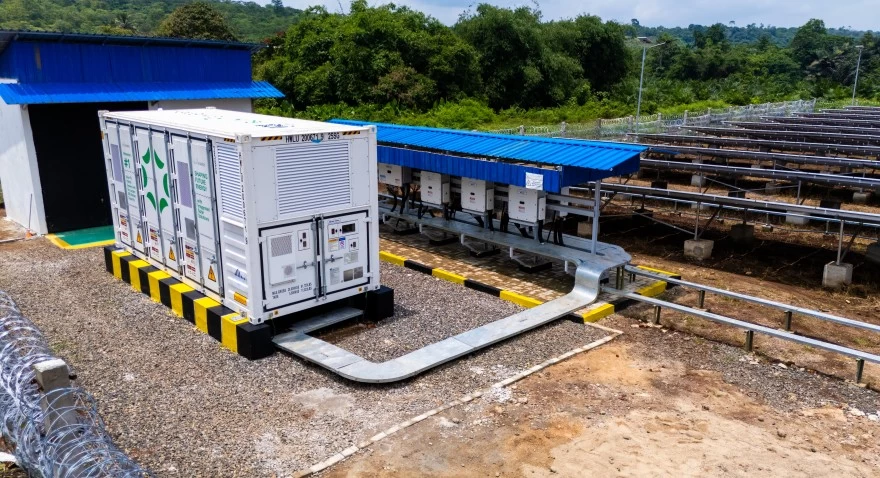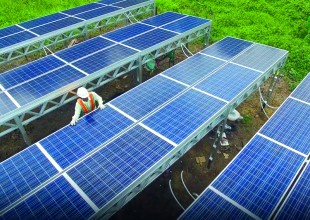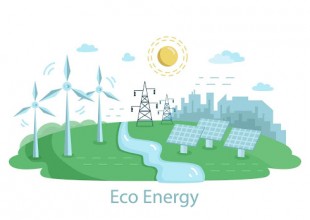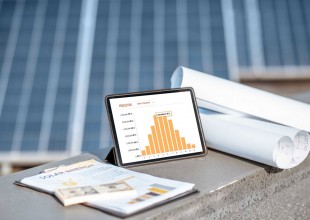Off-Grid Solar and BESS Technology: A Game Changer for Indonesia’s Energy Transition

Amid rising demand for clean energy and the need for a reliable national electricity supply, SUN Energy offers various solar energy systems tailored to customer needs, from grid-connected (on-grid) systems to independent (off-grid) systems integrated with Battery Energy Storage Systems (BESS). This technology ensures a stable 24-hour electricity supply without dependence on fossil fuels, making it a strategic solution for both industrial sectors and remote regions. This initiative reinforces SUN Energy’s commitment to accelerating Indonesia’s transition toward a low-carbon economy and energy independence.
According to the World Meteorological Organization (WMO), 2024 was the hottest year in modern history, with global temperatures rising 1.55°C above pre-industrial levels. Meanwhile, data from the International Energy Agency (IEA) show that the power and heat generation sectors still account for about 43% of global CO₂ emissions. These conditions underscore the urgency of accelerating the shift toward renewable energy sources such as solar energy systems.
Off-Grid Solar: Reliable and Independent Energy Solutions
Unlike on-grid systems, which are connected to the national grid, off-grid solar energy systems operate independently, ideal for remote areas, mining sites, plantations, or industrial zones that require a stable 24-hour electricity supply.
To ensure energy reliability, these systems are combined with Battery Energy Storage Systems (BESS), which store surplus solar power generated during the day for use at night or during cloudy conditions. This combination provides a consistent and clean power supply without the need for fossil-fuel generators.
The scale of development continues to grow. The Indonesian government is coordinating investments worth approximately US$1 billion for off-grid solar plus storage projects across remote and island regions to expand access to sustainable electricity beyond the national grid. This demonstrates that off-grid solar systems with BESS are now an integral part of the country’s national energy transition agenda.
Efficiency and Sustainability for the Industrial Sector
Energy demand in Indonesia’s industrial sector continues to rise alongside manufacturing expansion and economic growth, while reliance on fossil-based sources remains high. According to the Institute for Essential Services Reform (IESR), Indonesia’s technical solar potential ranges from 3.3 to 20 terawatt-peak (TWp), yet as of August 2024, installed capacity stood at only 718 megawatt-peak (MWp). This gap highlights a major opportunity for industries to harness solar energy as an efficient, low-emission power source.
From an economic perspective, the International Renewable Energy Agency (IRENA) reported that in 2024, the levelized cost of electricity (LCOE) for utility-scale solar power averaged US$0.043/kWh, about 41% cheaper than the most efficient fossil-fuel power plants. This cost decline makes solar technology increasingly accessible and viable for industrial applications in Indonesia, both for large-scale systems and off-grid setups.
Implementing off-grid solar systems with BESS offers two key strategic advantages for industries: operational cost efficiency and carbon emission reduction. Through innovative financing models like Performance-Based Rental (PBR), companies can adopt solar energy without heavy upfront investment, paying only for the energy consumed, while the system is fully managed by the energy provider. This approach positions off-grid solar as a practical decarbonization solution that delivers efficiency, flexibility, and sustainability simultaneously.
Advancing Energy Independence and Low-Carbon Transition
Integrating off-grid solar systems with BESS creates an energy ecosystem that is resilient, efficient, and low-carbon. This technology allows optimal utilization of solar power even beyond daylight hours, addressing one of the main challenges of the energy transition, maintaining a reliable and sustainable power supply.
With strong government policies and continuous innovation from private sector leaders like SUN Energy, the synergy between off-grid solar and battery storage will play a vital role in shaping Indonesia’s clean, self-sufficient, and globally competitive energy future.
***
References:
- https://wmo.int/news/media-centre/wmo-confirms-2024-warmest-year-record-about-155degc-above-pre-industrial-level
- https://ourworldindata.org/emissions-by-sector
- https://iesr.or.id/en/pustaka/indonesia-solar-energy-outlook-2025
- https://www.irena.org/-/media/Files/IRENA/Agency/Publication/2025/Jul/IRENA_TEC_RPGC_in_2024_Summary_2025.pdf


